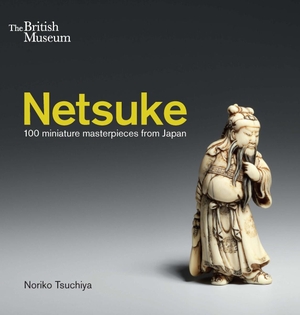Für statistische Zwecke und um bestmögliche Funktionalität zu bieten, speichert diese Website Cookies auf Ihrem Gerät. Das Speichern von Cookies kann in den Browser-Einstellungen deaktiviert werden. Wenn Sie die Website weiter nutzen, stimmen Sie der Verwendung von Cookies zu.
Cookie akzeptieren
- British Museum Press
- 2014
- Taschenbuch
- 224 Seiten
- ISBN 9780714124810
Netsuke have once again come to the fore in the popular imagination of the public. In part this is due to the phenomenal success of Edmund De Waal's 2010 book, Hare with the Amber Eyes, which highlights a treasured netsuke collection that was challenged by war and the vicissitudes of time. Intricately carved from various materials including ivory, wood and metal, these small toggles served a practical purpose in Japan: a netsuke was used to fasten a man's sash, an integral part of Japanese costume. Up until the seventeenth century netsuke were relatively insignificant objects that were rarely of artistic interest, but as time passed they evolved in terms of both materials and workmanship, and were then used by men to flaunt their wealth or as an expression of status. Today netsuke are considered an art form in their own right and are prized by collectors around the world. They are found in a variety of
Mehr
Weniger
zzgl. Versand
Etwa 20 Tage